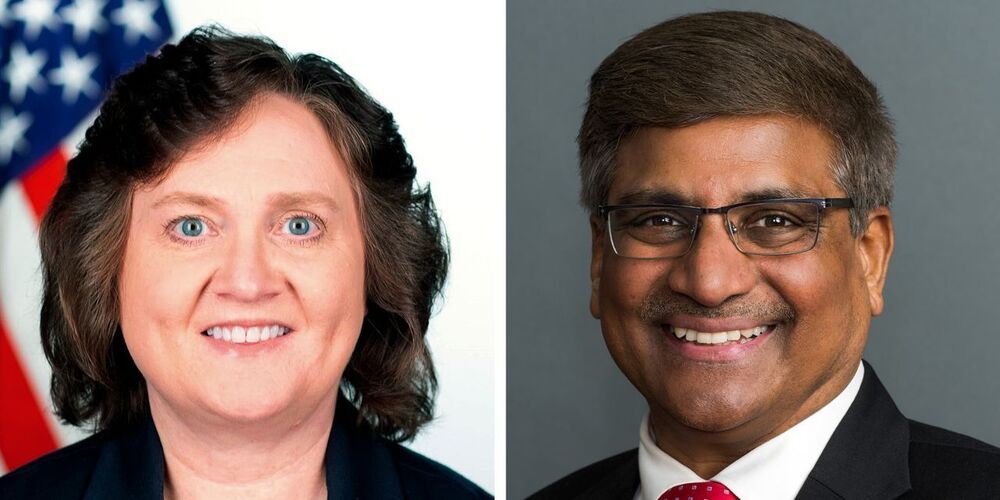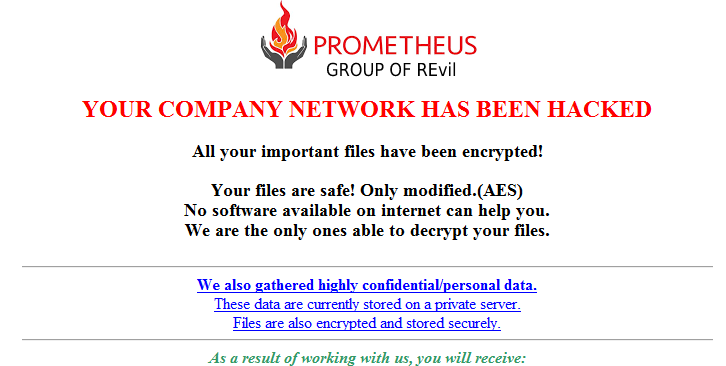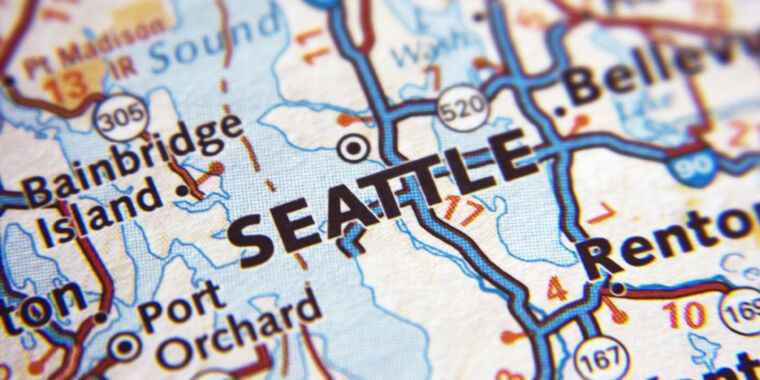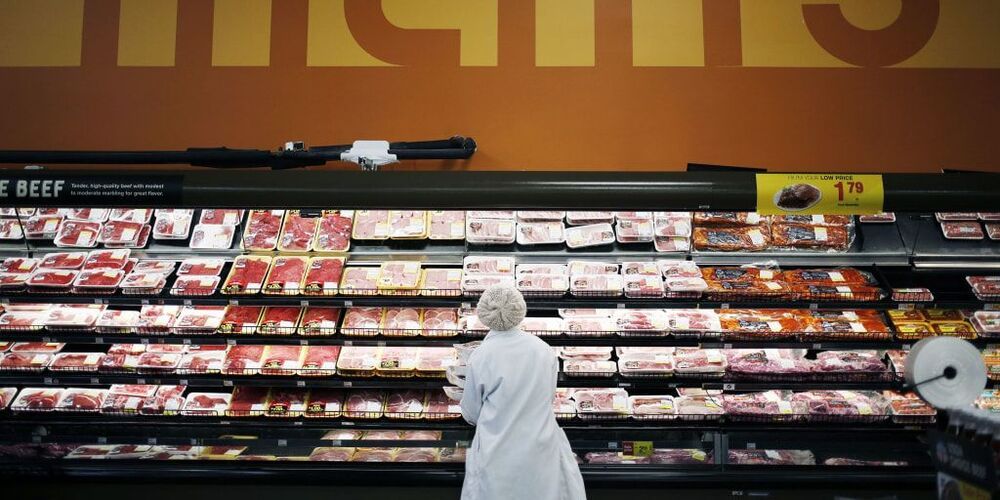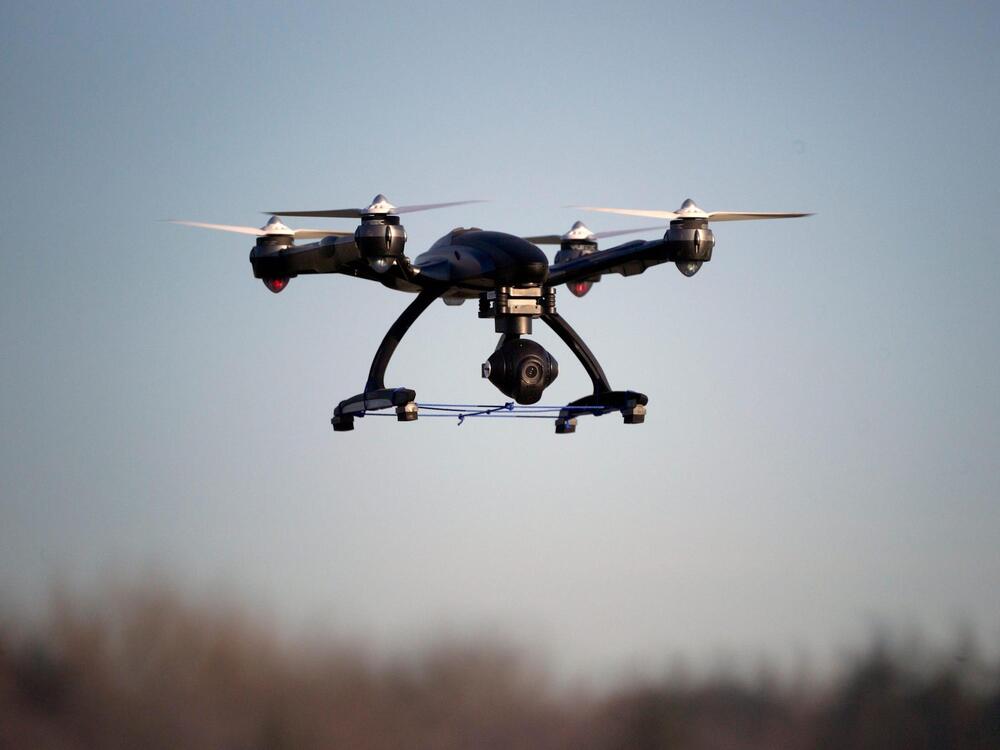WASHINGTON—The Biden administration launched an initiative Thursday aiming to make more government data available to artificial intelligence researchers, part of a broader push to keep the U.S. on the cutting edge of the crucial new technology.
The National Artificial Intelligence Research Resource Task Force, a group of 12 members from academia, government, and industry led by officials from the White House Office of Science and Technology Policy and the National Science Foundation, will draft a strategy for creating an AI research resource that could, in part, give researchers secure access to stores of anonymous data about Americans, from demographics to health and driving habits.
They would also look to make available computing power to analyze the data, with the goal of allowing access to researchers across the country.
